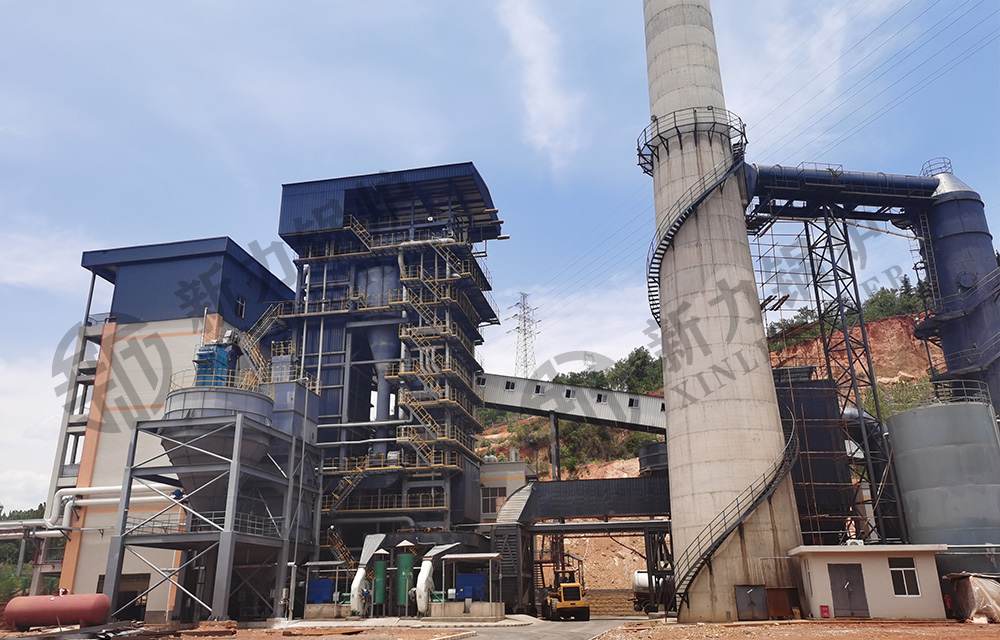Guide: The boiler operating regulations have clear regulations on the water supply temperature and water supply time, which mainly consider the safety of the steam drum.
The boiler operating regulations have clear regulations on the water supply temperature and water supply time, which mainly consider the safety of the steam drum.

When water is supplied to the cooling furnace, the temperature of the drum wall is equal to the ambient air temperature. When the feedwater enters the drum through the economizer, the temperature of the inner wall of the drum rises rapidly, and the temperature of the outer wall rises slowly as the heat transfers from the inner wall to the outer wall. . Due to the thicker drum wall (45-50mm for medium-pressure furnace and 90-100mm for high-pressure furnace), the temperature of the outer wall rises slowly. The high temperature of the inner wall of the steam drum has a tendency to expand, while the low temperature of the outer wall prevents the inner wall of the steam drum from expanding. The inner wall of the steam drum generates compressive stress while the outer wall bears tensile stress, so that the steam drum generates thermal stress. The magnitude of the thermal stress is determined by the temperature difference between the inner and outer walls and the thickness of the drum wall, and the temperature difference between the inner and outer walls is determined by the water temperature and the water speed. If the temperature of the water is high and the water supply speed is high, the thermal stress is large; on the contrary, the thermal stress is small. As long as the thermal stress is not greater than a certain value, it is allowed.
Therefore, the temperature and speed of the water must be specified to ensure the safety of the steam drum. Under the same conditions, because the higher the boiler pressure, the thicker the drum wall, the greater the thermal stress generated. Therefore, the higher the boiler pressure, the longer the time required for water supply.




























